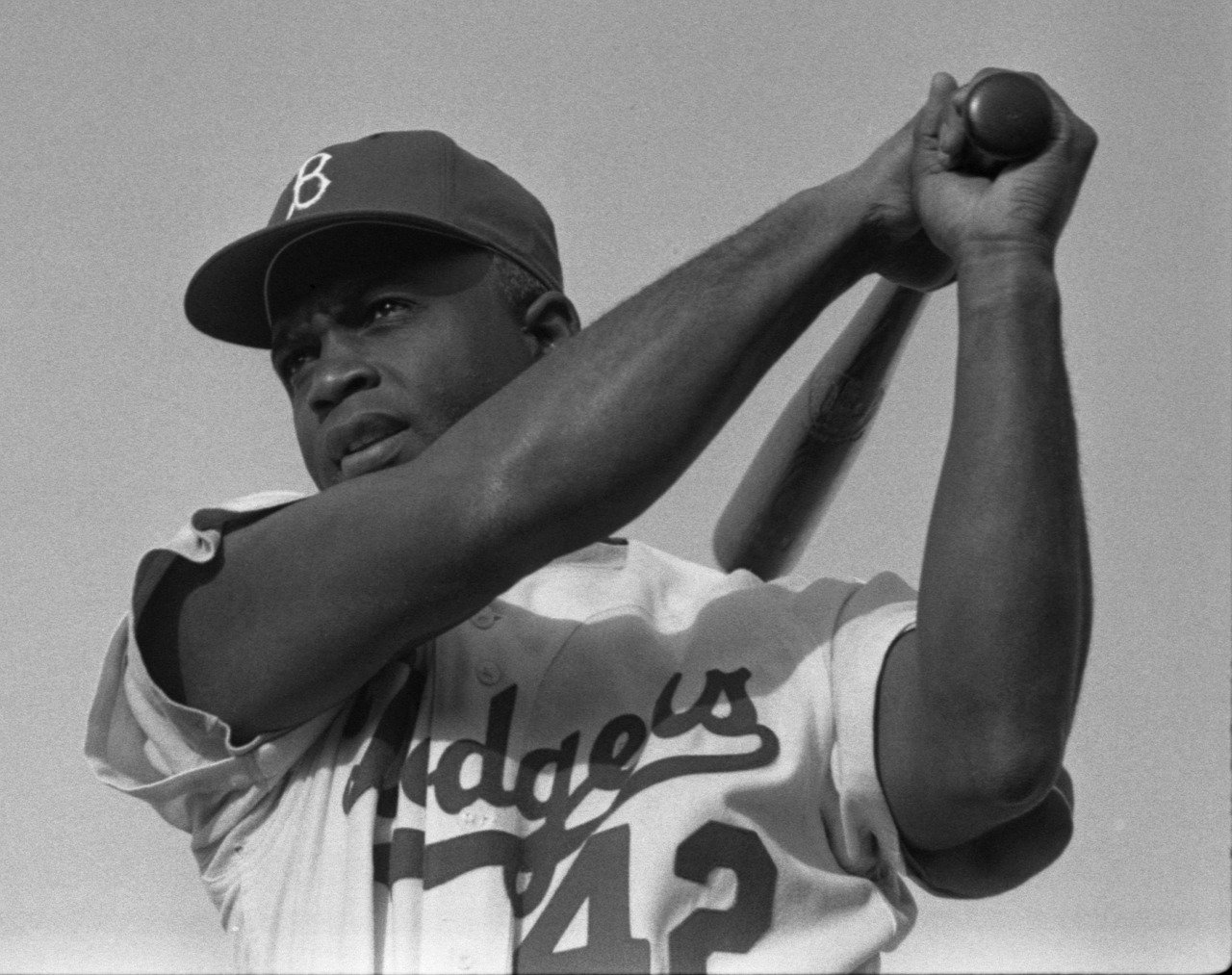by Erica Gustafson, Opinion Editor
When asked about who is your favorite player on a sports team, how do you answer? Do you use a specific name, do you give them a number? That is the thing about sports. Most people associate sports with the idea of using numbers to explain and talk about specific events going on; who scored the last goal, or who was the player that made that dunk?
The thing about these numbers is that they are more than just numerals, even though they may have started that way. Different sports across the globe tend to use these numbers in various ways. Some are used to explain a player’s position within the game, while others are more representative of the players themselves.
A 2016 article in the Los Angeles Times talks about these differences and how numbers relay across various sports. Rene Griffin wrote about how sports use numbers and numbers that are associated with specific athletes.
Take soccer as an example.
Uniform numbers in soccer are generally used based on a specific position within the game. Number 10 refers to a midfielder, seven to a winger or second striker and six to a holding midfielder.
In this sport, position numbers can vary by the different leagues and lineups used around the world.
Baseball is another example of how numbers are used by players on a team. The Cleveland Indians were the first MLB team to use numerals in 1916. They took them away after only a few weeks because of complaints they received.
The St. Louis Cardinals tried the same thing in 1923, but players requested to stop using them after being ridiculed.
Cleveland tried again to use numbers in 1929 and was closely followed by the New York Yankees. Less than 10 years after, every major league team had some type of numbering system that they included.
Though baseball also used a number system, unlike soccer, the numbers were not based on field position. There were more times where numbers were used based on preferences of what players wanted. Some players requested to use jersey numbers that they previously had worn in their earlier days of playing the sport.
Another meaning behind jersey numbers is what they represent. One major example of this is the number 42 in the MLB world.
Jackie Robinson’s number, 42, was officially retired from all participating MLB teams on April 15, 1997. This is the only number to be retired from all teams in the MLB.
Though facing racist taunts and abuse from fans, opponents and teammates alike, Robinson led the league in stolen bases and won the National League Rookie of the Year in 1947. Robinson retired in 1956 after a career where he received the Most Valuable Player Award, being named to six All-Star teams and won the 1955 World Series. Once he was eligible, he was nominated to the Hall of Fame in 1962.
Jackie Robinson’s name is one of the most well-known names in MLB history alongside his number. At a 1997 ceremony, the MLB Commissioner, Bud Selig, stated that “Number 42 belongs to Jackie Robinson for all ages.”
Robinson was a turning point in the history of baseball as a whole, and his number will forever represent all that he accomplished.
Numbers in sports are not simply just numerals. They can represent what a player does to support their team, or they can represent the courage and drive of an individual. It may be a number to some people, but jersey numbers in sports have a much greater meaning to the people that understand the story behind them.
gustafea18@bonaventure.edu









